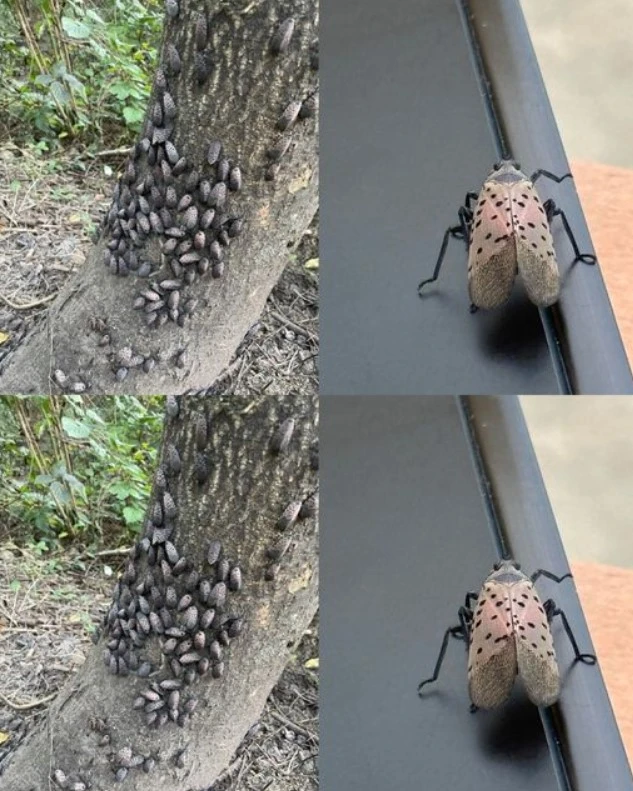In the insect world, some creatures are fascinating, while others can be downright terrifying. One such pest is the lanternfly, or Lycorma delicatula. Though it may seem harmless, this insect poses a significant threat to agriculture and local ecosystems. Here’s why you should act quickly if you see one.
Understanding the Lanternfly
Native to China, the lanternfly was first spotted in the U.S. in Pennsylvania in 2014. Since then, it has spread to multiple states, wreaking havoc on crops and ornamental plants. Its ability to damage both commercial farms and private gardens makes it a serious concern.
The Damage They Cause
Lanternflies feed on plant sap using long mouthparts, which weakens the plants. This feeding releases a sticky substance known as honeydew, promoting the growth of sooty mold. This mold can cover leaves and inhibit photosynthesis, causing plants to decline. I witnessed this firsthand when the leaves of my maple tree dulled as the mold spread.
Identifying Lanternflies
To manage lanternflies effectively, you need to identify them correctly. Adults measure about half an inch wide and an inch long, with gray wings featuring black spots and a distinctive red-and-black underbelly. Juvenile nymphs start as black with white spots and turn red as they mature.
Feeding Habits and Impact
The lanternfly’s feeding method is damaging; it pierces plants to access nutrients directly, draining them of essential resources. Observing these insects at work can be unsettling as they sap vitality from your plants.
Personal Encounters
The lanternfly likely arrived in the U.S. through shipments of goods. Its spread along the East Coast highlights the need for effective pest control measures. Witnessing this invasion has underscored the importance of timely action against invasive species.
Action Steps When You Spot a Lanternfly
If you encounter a lanternfly, take immediate action. Although it may seem harsh, squashing both adults and nymphs is vital for controlling their population.
Preventive Measures: Sealing the Nests
To prevent lanternflies from multiplying, target their eggs. Egg masses appear as gray patches on flat surfaces like tree bark and rocks. Scrape these off and place them in a bag with alcohol or hand sanitizer to kill the eggs effectively.
Conclusion
Dealing with lanternflies has highlighted the importance of vigilance against invasive pests. By promptly addressing sightings and taking preventive measures, we can protect our trees and plants from significant harm. Every effort to control these pests contributes to the health of our ecosystems. As stewards of our environment, we must act decisively to preserve our natural beauty and vitality.
